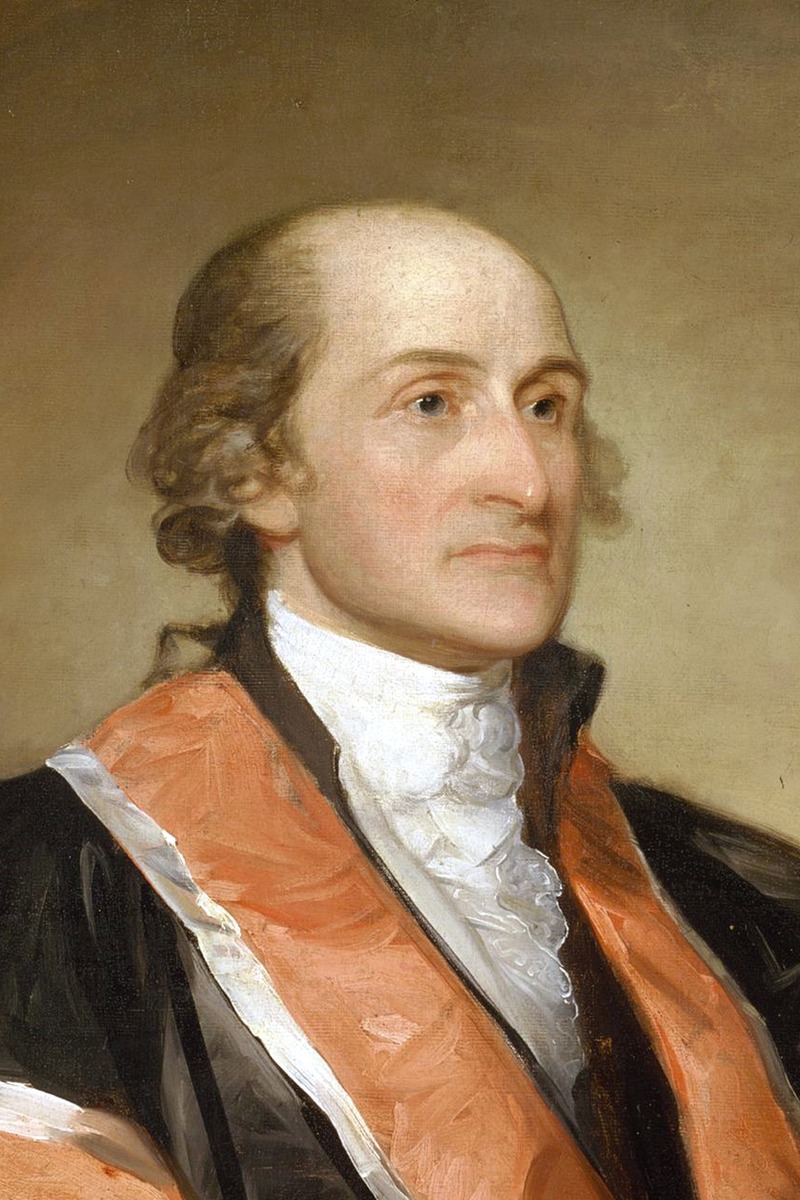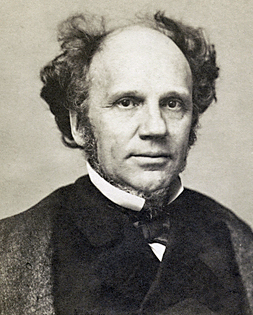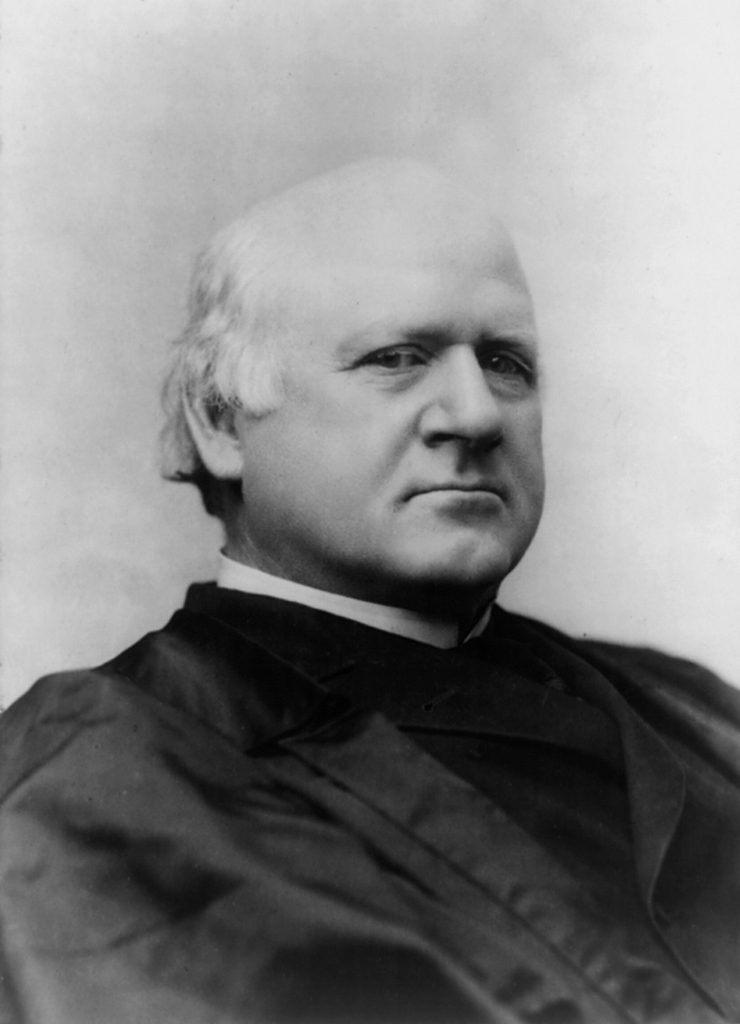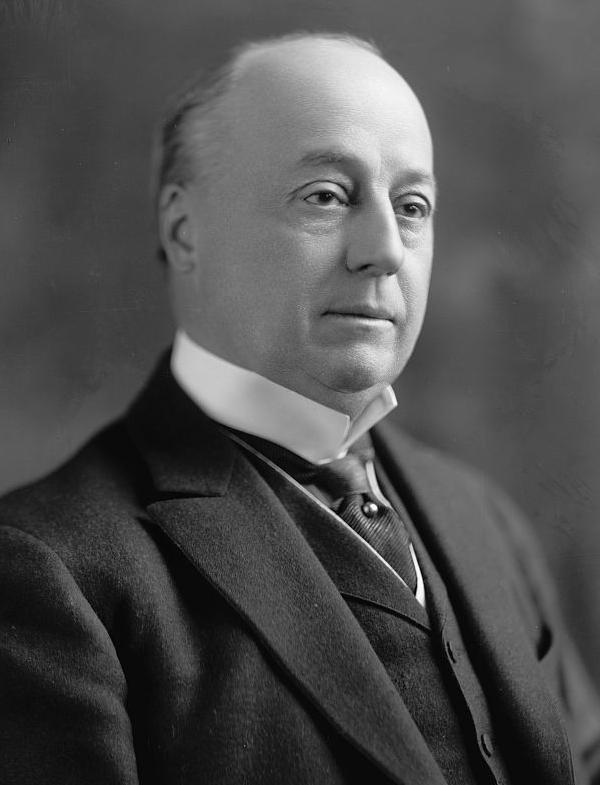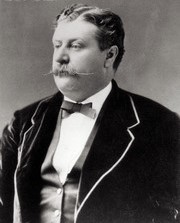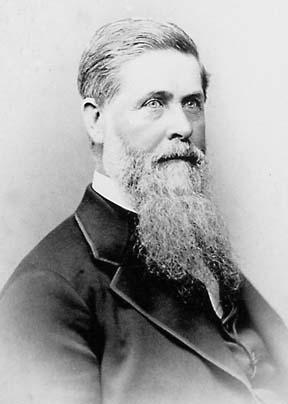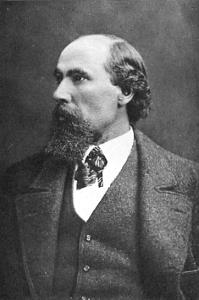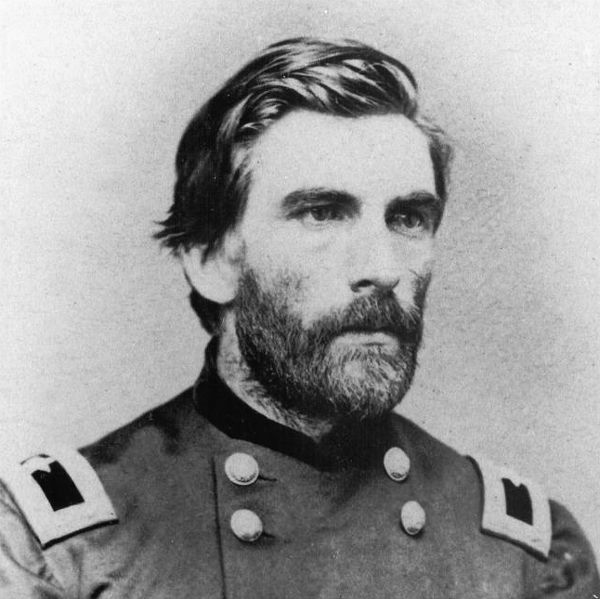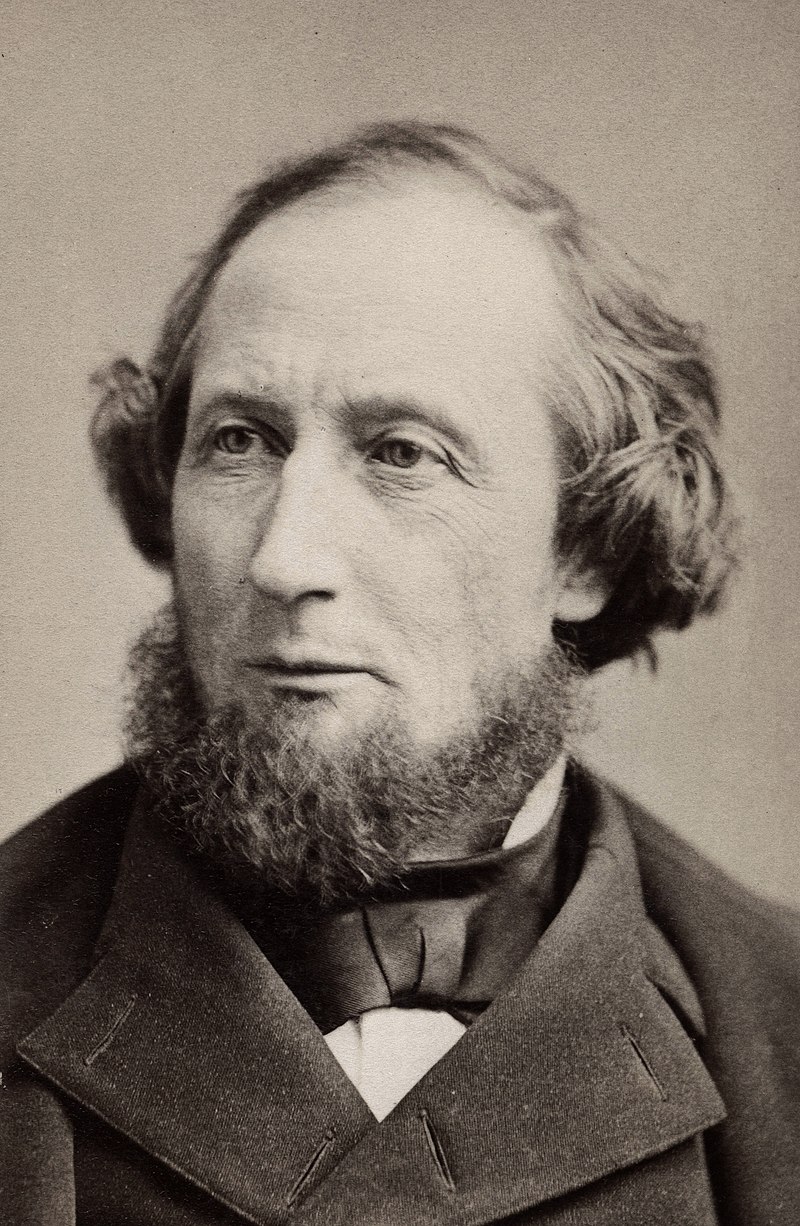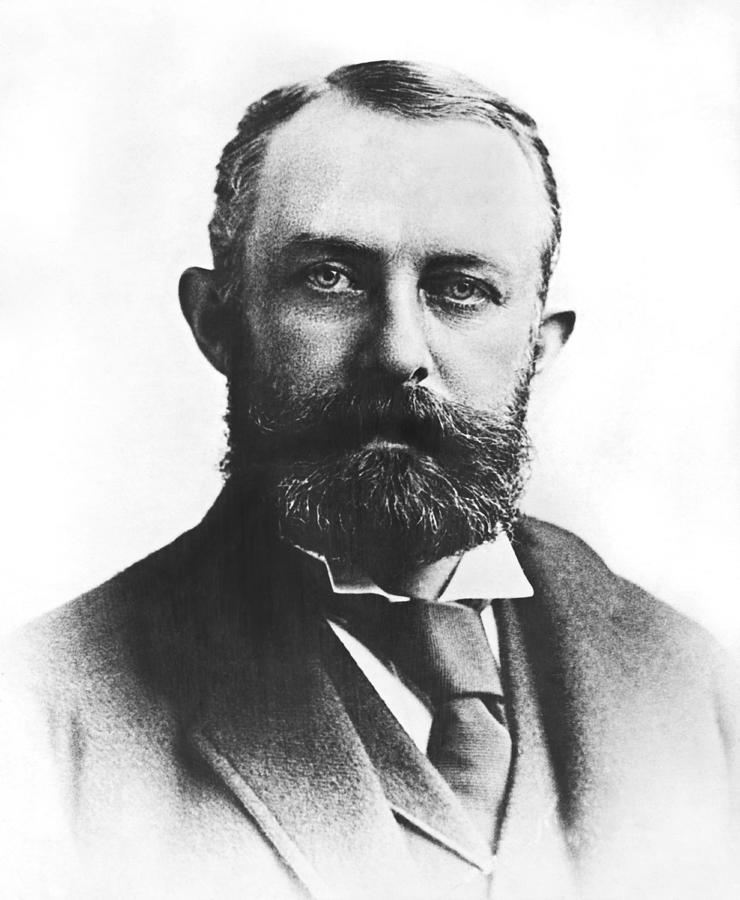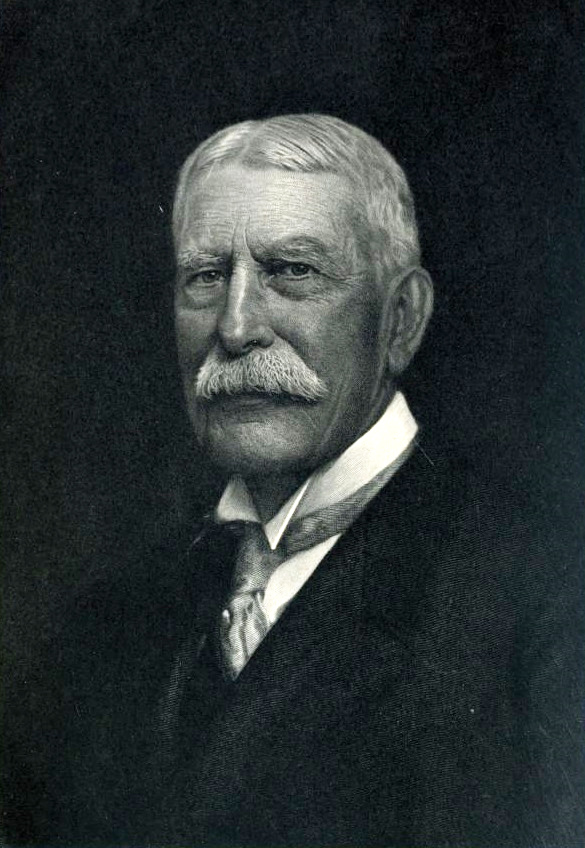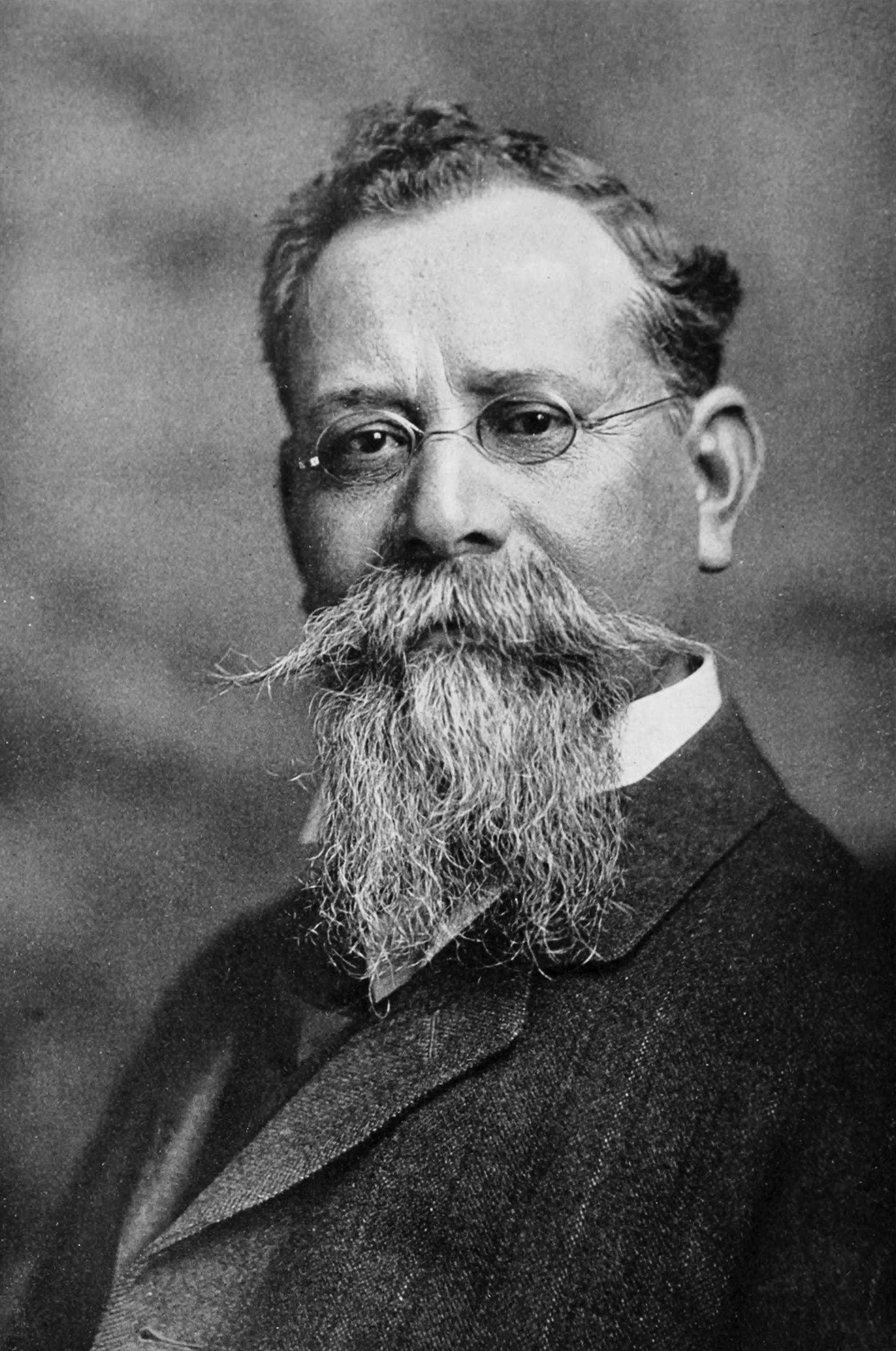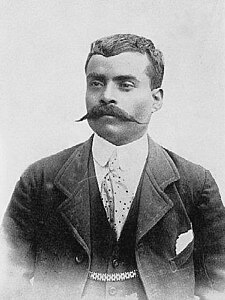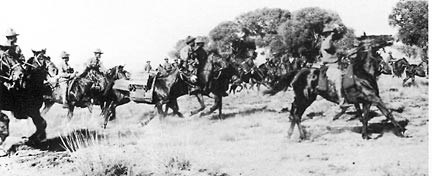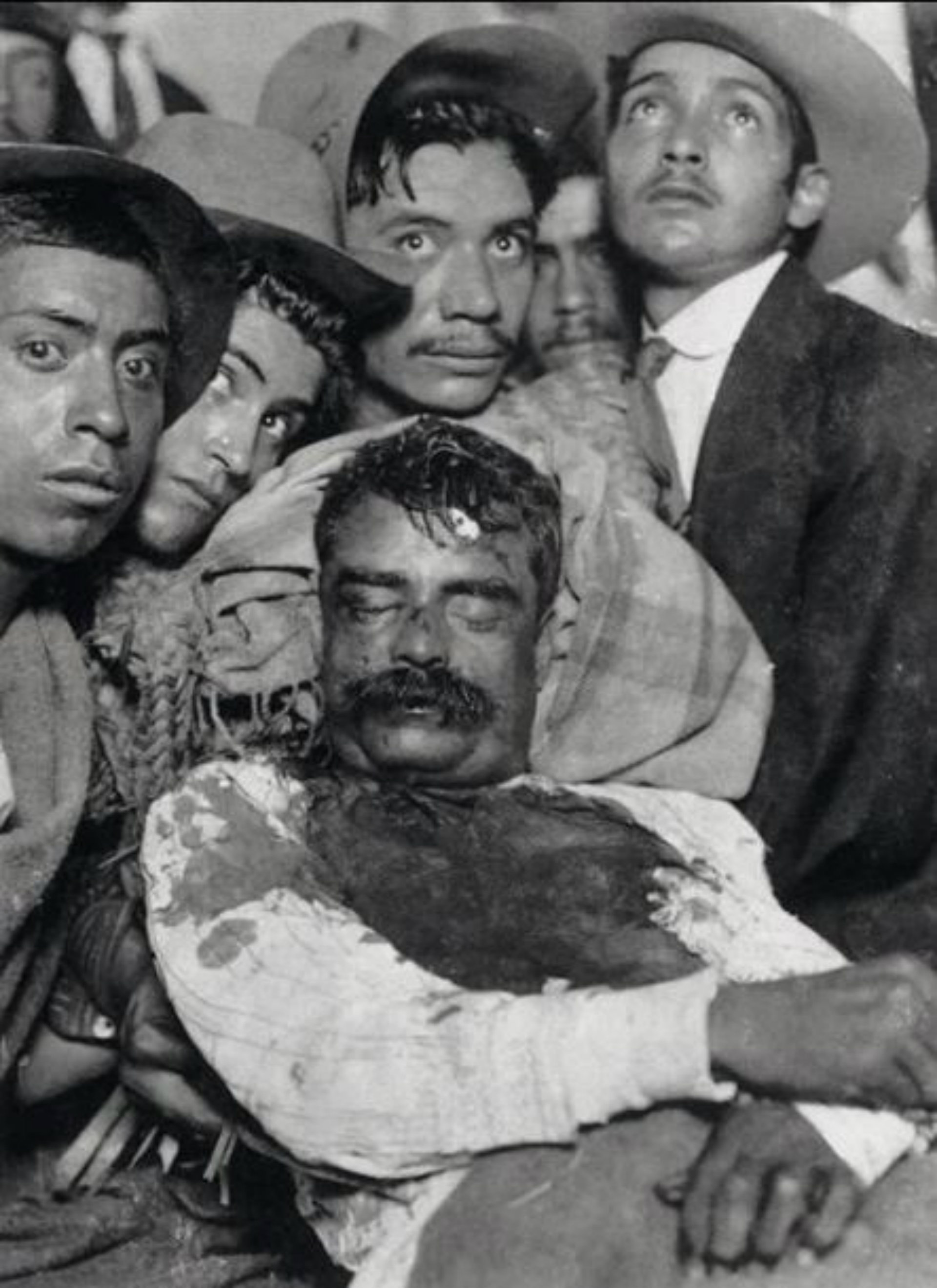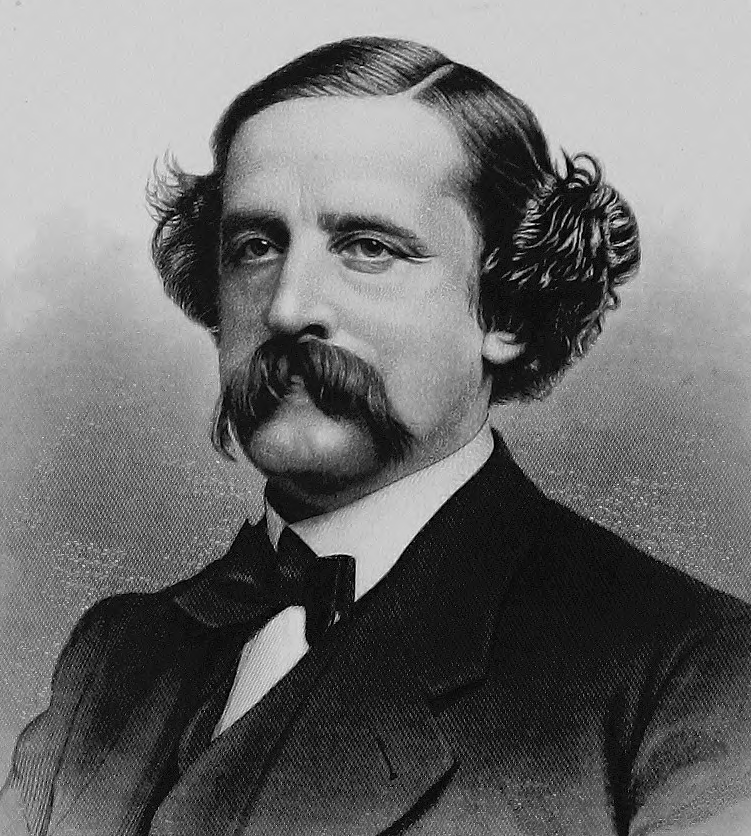Chapter Sixty-Six: A History of U.S-CSA Diplomatic Relations, 1865-1904
A photograph of Warren G. Harding and his wife arriving in Washington following his appointment as U.S. ambassador to the CSA, ca. 1904
In the first Treaty of Washington, which established the CSA as an independent entity in 1865, one of the provisions of the treaty created the position of both U.S. ambassador to the CSA, and CSA ambassador to the U.S. With this position created, the need to fill it fell into the laps of both Presidents Davis and Pendleton. For his choice, Pendleton would turn to recently returned diplomat Charles F. Adams. For this decision, he would be lampooned by the Republican newspapers, as well as few Democratic ones, as being thrown into such a panic by this decision and fearing another war so badly that he was willing to appoint a Republican to the ambassadorship. In reality, Pendleton had offered Adams the job due to his diplomatic experience and to work at it for roughly a month to get everything prepared and set up for any future ambassador. That future ambassador would be a man many people had long since assumed to be out of the political arena: Franklin Pierce. Eager to foster good relations with the CSA, Pierce had accepted the job when it was offered to him by Pendleton. Unfortunately for his diplomatic abilities, shortly after accepting the post, Pierce began slipping into the depression and alcoholism that had previously plagued him. Some claimed it was caused by seeing that the efforts he had labored over in his presidency had failed, while others pointed to increasing age and declining health. Whatever the cause, sometime in early 1866, former Indiana representative William H. English was brought into the embassy, and effectively became ambassador in all but name.
Charles Adams, Franklin Pierce, and William English
While early on Pendleton suffered from public ridicule and a drunken ambassador in his efforts for diplomatic relations with the CSA, Davis would suffer his own issues. Instead of struggling to find a competent diplomat, he struggled to find one who was particularly committed to the job. The first man who Davis would send to the position would be James L. Orr. He would serve until 1866, at which point he resigned to focus on his efforts to gain the South Carolina governorship. Next would be Howell Cobb, who similar to Orr was a former speaker of the U.S. House of Representatives. Also similar to Orr, he would resign his post to seek the governorship of his home state, in this case Georgia, in 1867. For his final appointment to the ambassadorship to the U.S., Davis would go with former Alabama senator and close ally Clement C. Clay. Clay would stick it out until the end of the Davis presidency, although he would resign roughly a month into Breckinridge's term in office to try and recapture his Senate seat. To fill the seat, Breckinridge would appoint a man who, along with his interactions with his counterpart in the U.S. ambassador to the CSA, would come to play a critical role in U.S.-CSA relations: former North Carolina senator William A. Graham.
James L. Orr, Howell Cobb, and Clement C. Clay
With the end of the Pendleton presidency also came the end of the embarrassing affair that was the Pierce ambassadorship. English, who had long labored with little recognition, and without the full pay of the ambassadorship, instead only receiving the sum of an aide, hoped that incoming President Sickles would finally elevate him to the role of ambassador proper. Instead, Sickles would send out Reverdy Johnson, a former attorney general and Maryland senator would had opted to join the exodus to the U.S. rather than stay in his native state. With his self-imposed exile came bitterness. Not towards any particularly person, or perhaps even the CSA itself, but Johnson was determined that he would not engage in the weak-willed negotiations that defined the Pierce ambassadorship, which was exactly what Sickles was looking for. Adding further to the tension was his counterpart, Ambassador Graham. Despite both men being former Southern Whigs, Johnson had served in President Taylor's cabinet as attorney general, and had tendered his resignation with the ascension of Fillmore the presidency. Among the men that Fillmore had chosen to create his new cabinet had been Graham. Thus, when Johnson began his role as ambassador to the CSA, he was hardly friendly to the nation he was in, or his counterpart. He refused to engage in measures to improve the relationship between the two nations, such as joint dinners, and when engaged in negotiations, he was much more aggressive and stubborn than his predecessors. With Graham in Philadelphia, meanwhile, he maneuvered to gain as many rights and benefits for the CSA citizens as possible. And while the two men hardly ever met in person, the rivalry was clear for any observer.
William A. Graham and Reverdy Johnson
The end of the strife and contest between Graham and Johnson would not ultimately come from the hands of a diplomatic victory of one over the other, but rather the shifting attitude of a president. Sickles, who had come to realize the value of the CSA ambassadorship both in prestige and potential financial benefit from having inside information to such things as trade negotiations decided it was time to remove Johnson, whom he frequently argued with anyways. In his stead, Sickles would place New York City up and comer Mayor John T. Hoffman, who was known for his connections to Tammany Hall, in the position in 1872. Graham, meanwhile, would be retained in his post following the passing of the presidency from Breckinridge to Gordon. Ultimately, he would only leave the position with his death, which occurred in 1879. In his later years, he had played a key role in the warming of the U.S.-CSA relations as fostered by Presidents Hazen and Gordon. Contrasting with his poor relationship with Johnson, Graham proved better able to work with ambassador John Creswell, whom Hazen had appointed to the post as a favor for serving as his campaign manager, despite the two men holding radically different ideologies. At this point, the relations between the nations were so good as to allow for Gordon to not nominate a new ambassador following Graham's death, in order to increase the ease of incoming President Longstreet's nomination, who would ultimately be former CSA attorney general Herschel V. Johnson in recognition of his important efforts in securing for Longstreet the presidential nomination. The only bump in this time of good relations between the CSA and U.S. would be when incoming U.S. President James A. Garfield appointed Cassius M. Clay to the ambassadorship to the CSA. While Creswell had been an abolitionist, he was much less vocal about her views than Clay, who would not restrain from criticizing the CSA's enslavement of their fellow man. Following Johnson's death in 1880, Longstreet would appoint Judah P. Benjamin to fill the position, and Benjamin's skill at diplomacy and dutiful tact help continue the good relations between the two nations.
John Hoffman, John Creswell, Herschel Johnson, Cassius Clay, and Judah Benjamin
Of course, the era of good feelings between the United States and the Confederacy was not to last forever. With the rise of those wanting to reunite the Union in the dominant Republican Party, and a corresponding rise in militarism in the South, war was seemingly inevitable, despite the best efforts of Ambassador Benjamin. Conkling securing the presidency, and then not appointing a diplomat to replace Clay was a clear sign of what was to come. With Early winning the CSA presidency in 1885, he would not recall Benjamin, as he hoped to appear as the man seeking peace in the international eye, but would instead send Benjamin H. Helm and John G. Walker, both former Civil War generals, to join him as a clear sign that if Conkling was seeking war, the CSA was ready for him. In a few months time, the nations would be at war once again, and all three CSA diplomats would return to their home country. Benjamin, whose diplomatic career had been marked almost solely by success, would bemoan that in his final act, he had suffered failure.
John Walker and Benjamin Helm, Early's "Warrior Diplomats"
Eventually, when the war reached its conclusion and peace was achieved, both diplomatic embassies reopened, but neither Conkling nor Early were interested in sending the other a diplomat. This tension would finally be broken by the ascension of Samuel G. Randall to the presidency of the U.S. He would appoint former vice-president and current Indiana senator Daniel W. Voorhees to fill the post. Voorhees, who was beginning to grow rather tired of the politics of Philadelphia, accepted the post and hoped to once again strike up his friendship with Judah Benjamin, only to discover that Benjamin had died the year before. Jackson's rise to the presidency would mark the return of a diplomat to the the CSA's embassy in the U.S. Jackson would send out Lucius Q. C. Lamar, and later Matt W. Ransom when Lamar died in 1893. When Custer assumed the U.S. presidency, he followed in the footsteps in Conkling, and did not appoint an ambassador to the CSA. Many people believed that the two nations were once again tottering towards war, but internal strife and his failure to win reelection and subsequent failed rebellion stopped Custer in his tracks if he was indeed planning that. McKinley would reestablish diplomatic relations with the CSA when he entered office, and the two nations would carry on in fairly neutral opinion of each other until 1904, when their relations changed radically.
Daniel Voorhees, Lucius Lamar, and Matt Ransom
This rapid change in the relations between the two nations would occur as a result of their cooperation in the Mexican Revolution. This combined with the CSA's eventual abolition of slavery, and the formation of defensive alliances in the wake of the First Great War, as well as profitable trading agreements would secure their relations even further. Thus it came to pass that a nation that had been born out of rebellion from another came to be close allies with the country it had seceded from.
